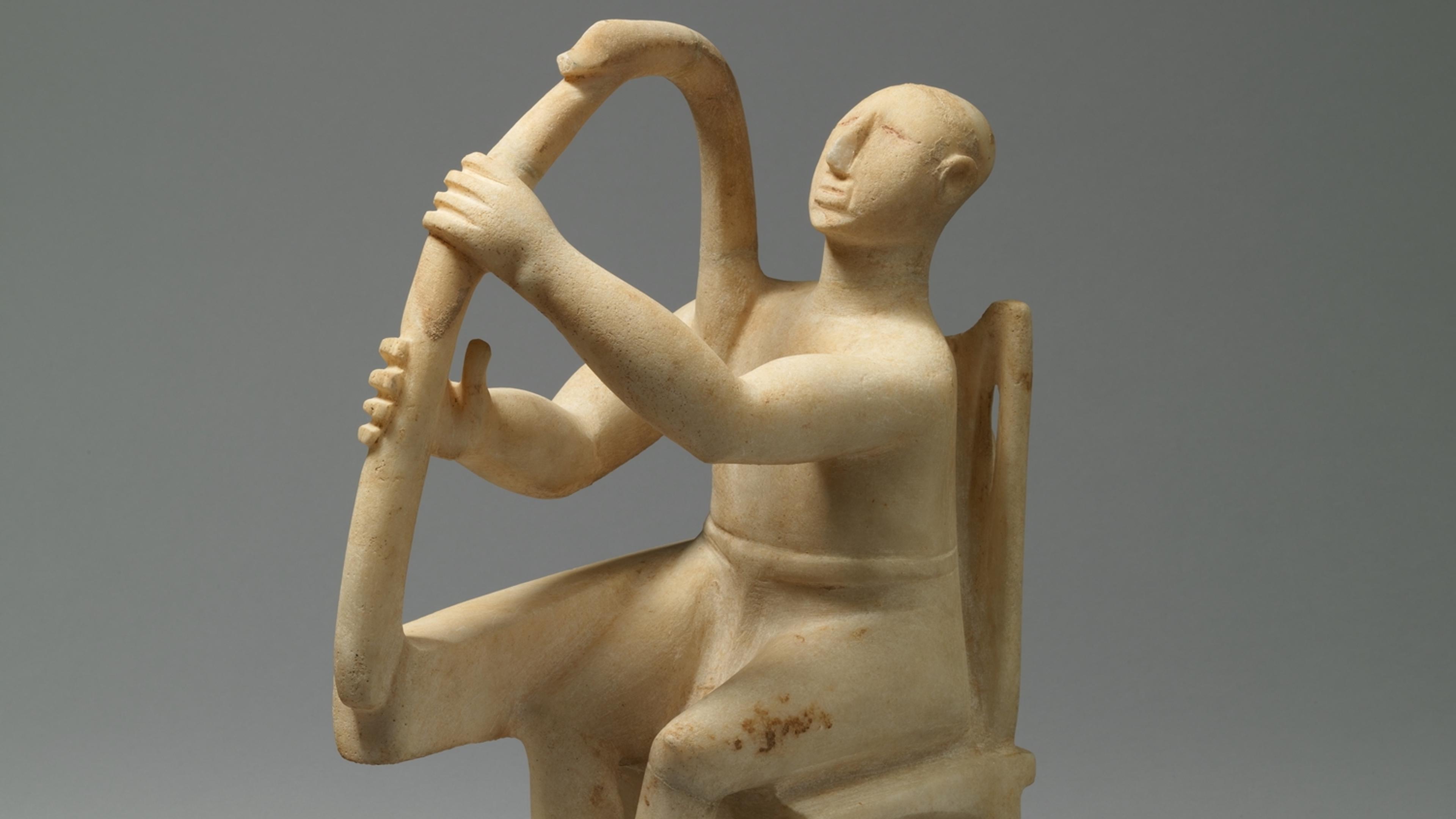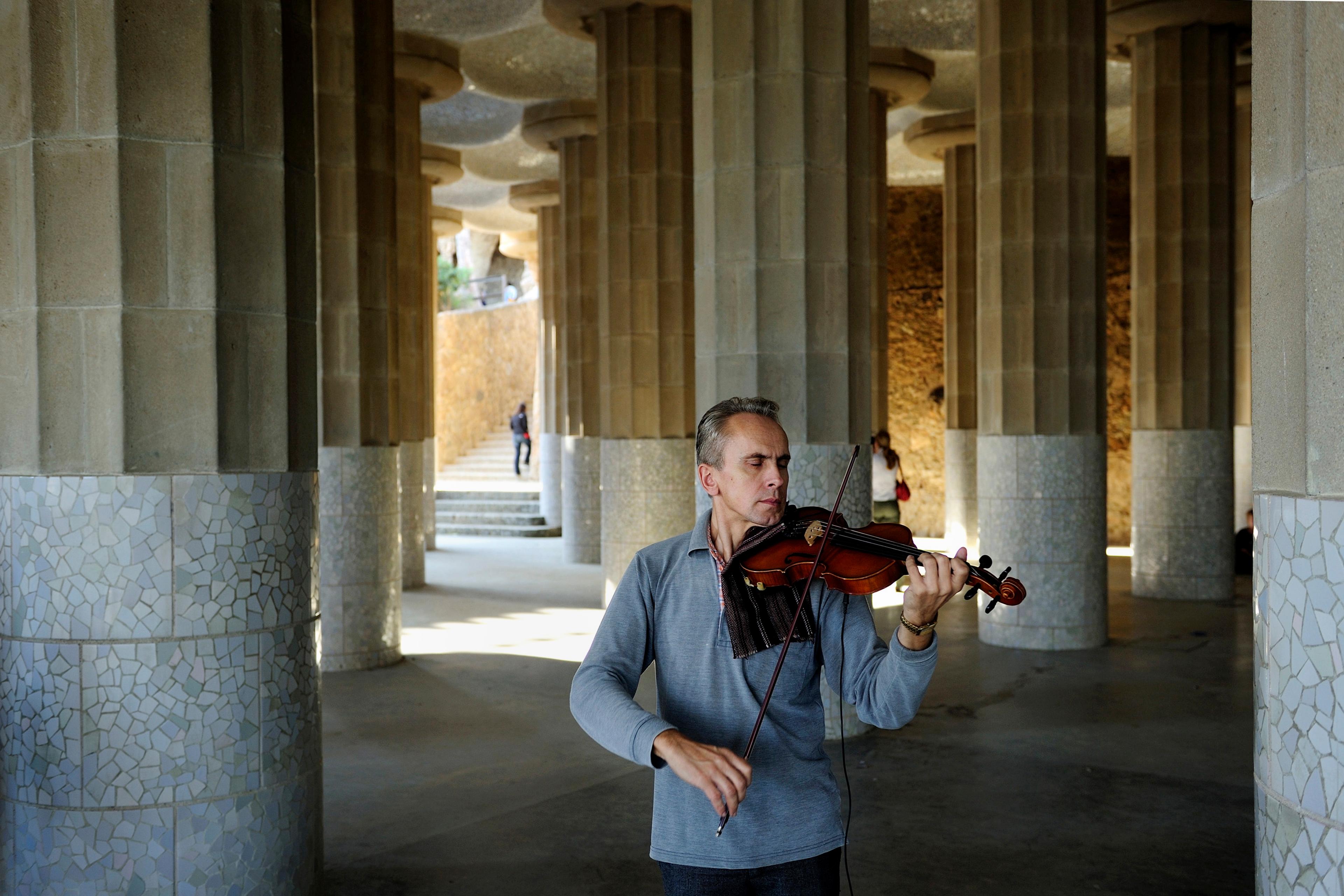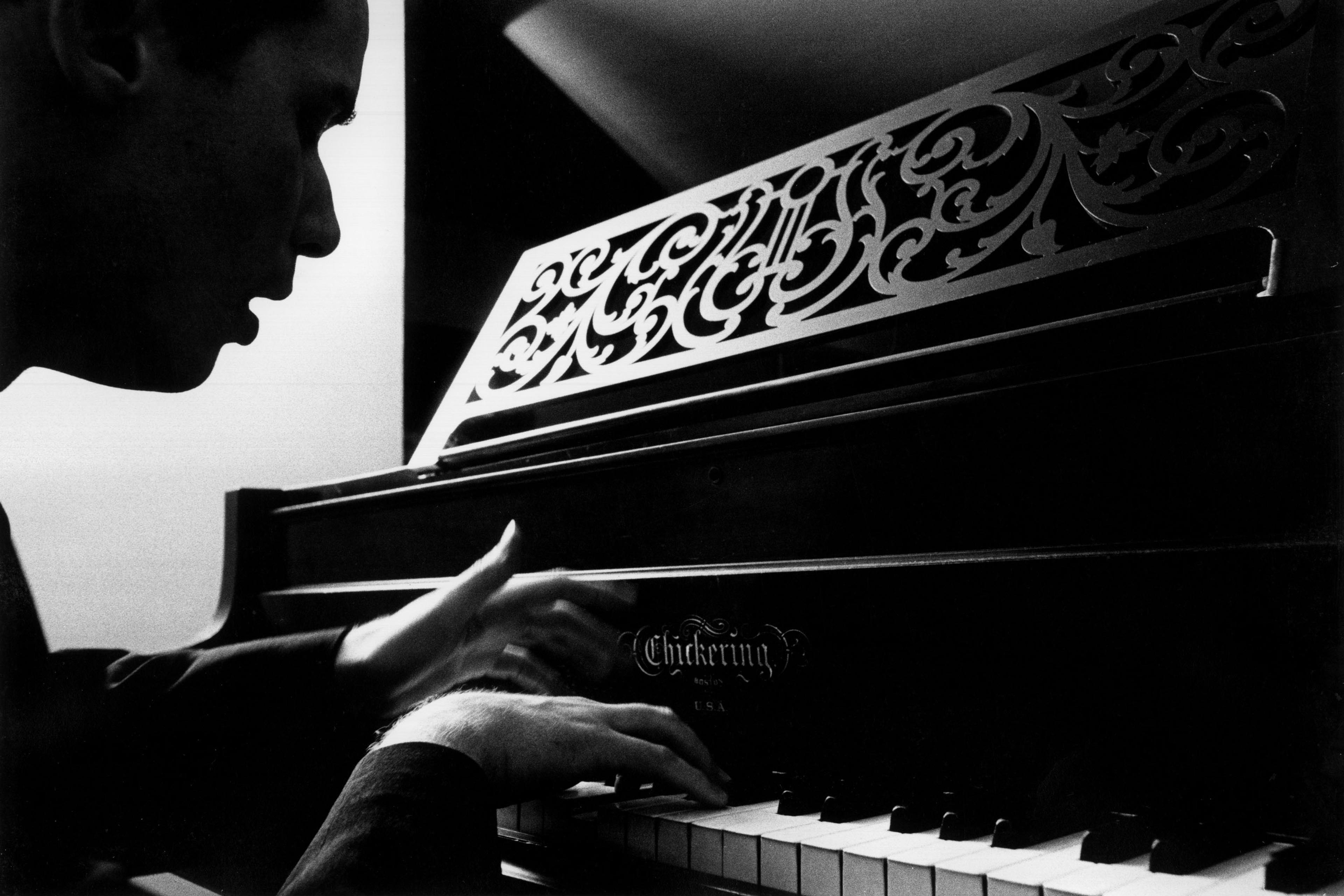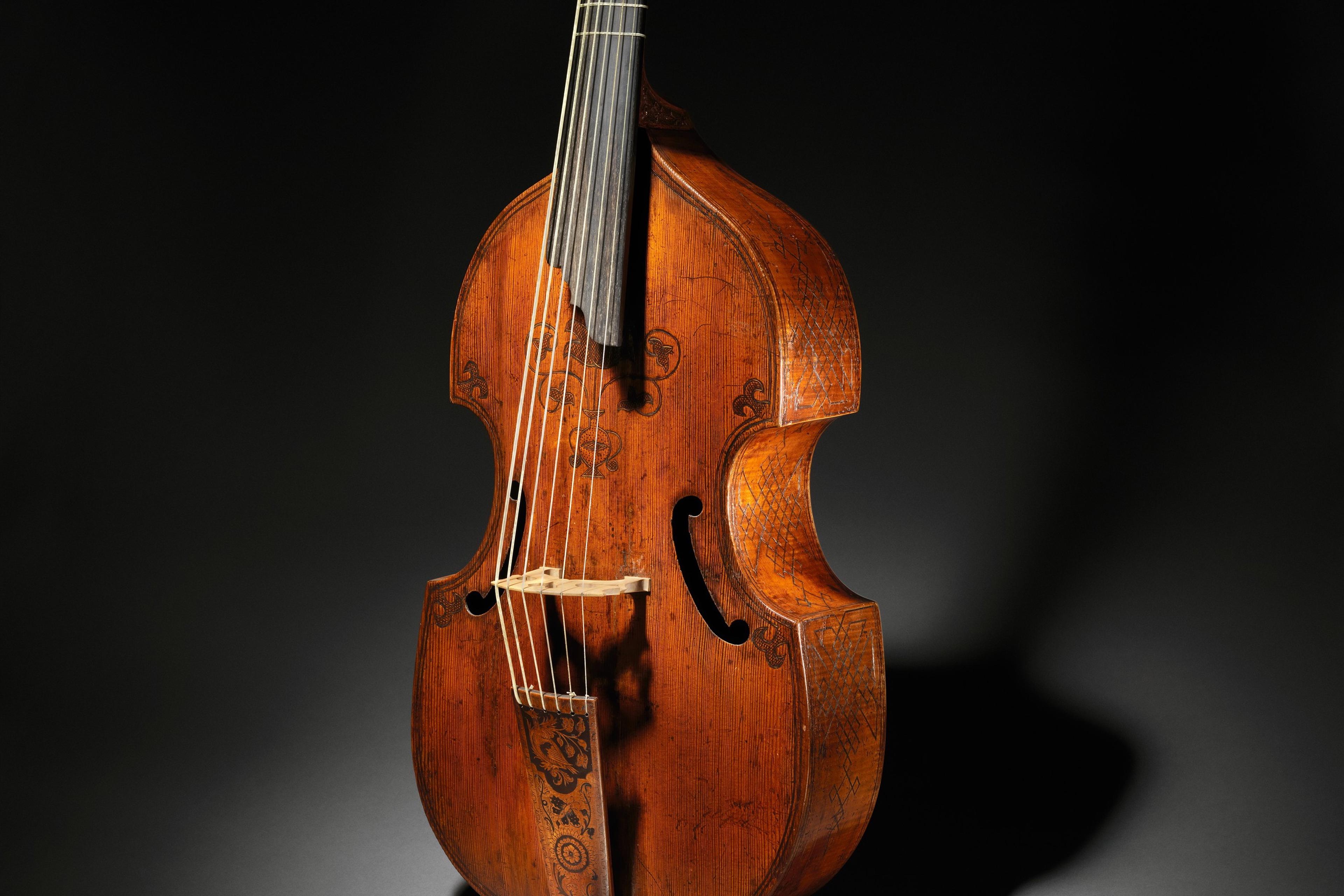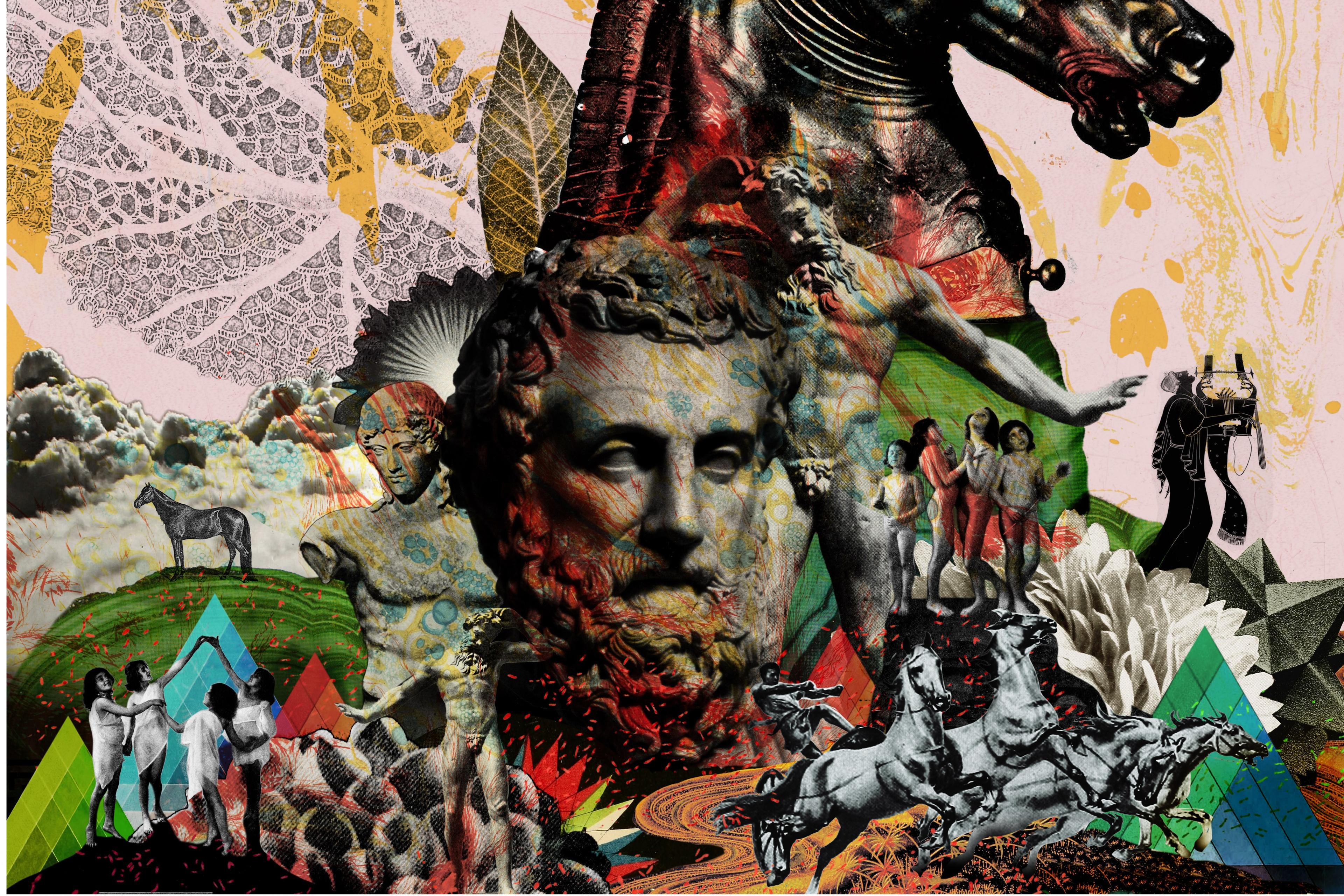Music is a simple joy, offering us relaxation and amusement. Yet it can also bring about something far more profound, difficult to describe, almost mystical. Intense musical experiences involve altered states of consciousness. Music can have the effect of meditation, a day at the spa, yoga, a psychedelic trip, psychotherapy: moral and spiritual healing. Aristotle discussed the potency of music in the 8th book of his Politics. It can be a trivial amusement, even a distraction, but it can also be a useful tool in education and provide support for ethical development. Music was seen as a divine force manifest in nature; reason woven into chaos; beauty emerging of its own accord from the toil and turmoil of the human condition. Orpheus’ fabled melodies were so potent they could charm any animal, human or god, and could even bring rocks to life. Music pervaded all aspects of life from the mundane to the personal, even cosmic and supernatural.
Despite the abyss between the habits of modern music culture and the fabled but inaccessible music of the ancients, the importance of music and the diversity of ways it was woven into peoples’ daily lives was the same. Music was as pervasive and meaningful for them as it is for us. Socrates, on the day of his death, was writing songs of his own, and declared that philosophy itself is the greatest music. Plato and Aristotle not only had ‘philosophies of music’ but veritable musical philosophies – to borrow a phrase from the poet Paul Valéry – that is, a philosophy imbued with the spirit of music.
Pythagorean musical cosmology, which synthesised Orphic mythology and mathematics (probably learned from Egyptian or Babylonian sources), was systematised by Philolaus (470-385 BCE), and adopted into Athenian philosophy by Socrates. It centred on two terms, rich with meaning and subtleties, that blur the lines between mind and body: tonos, from which we get our word ‘tone’, and harmonia, from which we get ‘harmony’. These terms continued to play important roles in psychology, ethics and political philosophy from Aristotle to Claudius Ptolemy (100-170 CE). Both terms have multiple connotations, but generally mean attunement as it applies to musical intervals as well as to the moods, attitudes or states of mind. The meaning of attunement is at once musical, psychological and metaphysical.
Tonos, when used in non-musical contexts, means effort, psychical tension and everything related to emotion, attention and intention. This is not merely a verbal ambiguity of unrelated equivocations but a clever insight into a profound analogy and continuity. These parallels are exemplified by the fact that certain modes (musical scales based on shifting key centres) are better suited to eliciting certain moods. Composers often switch from a major to a minor scale to shift and shape the emotional tone of their music. This includes the scale, key or pitch, but also encompasses the peculiar style of the melody and rhythm, what we would today call genre. It’s much more than objective mathematical structure: it is a gesture and a subjective feeling.
Harmonia further augments this meaning cluster by bringing in a sense of ‘fitting together’ found in carpentry. It names a complex unity, greater than the sum of the parts, connecting multiplicity without homogenising. Harmony is an immediate contrast, apparent without any external mediation, blending differences in an indivisible whole without levelling the incongruence of the ingredients. The strings on the harp are in tune with each other, but each has its own unique pitch and tone, and each can serve as the key centre, the reference point from which the rest are arranged (called modulation, moving from one mode to another). Harmonia, not unlike the psyche itself, is what does the fitting together: a plurality of voices sing in concert; the multitude of pitches in a chord form a whole; the nuances of variation of volume, emphasis and timbre, all coalesce to form the style and overall feeling. The sonic flux of details and contrasts coexist in the song and find unity without erasing differentials and differentiations. Likewise, the musician modulates and attunes their attitude, regulates their emotions to bring to life the song they are performing. Attentive listeners tend to follow suit: we feel and move as one, while remaining distinct. As with Simon and Garfunkel, something sui generis arises when they are together that is not present when each is playing alone, a subtle harmony of their souls and bodies coalescing in song.
Melos and melodēs, song and melody, is the larger organised pattern of tones extended in time. It involves the physical harmony between sounds as much as is does the attunement of the consciousness that attends to, cares for, and shapes the sounds. According to Aristotle, to study song we must study the vastitudes of the psyche, with its moods, wants, and passions. The musician learns to shape sounds in such a way that the sonic whole is attuned to certain shifting states of the soul, intentionally yet indirectly sculpting a journey of evolving emotions. Aristotle’s student Aristoxenus (375-335 BCE) developed a rigorous phenomenological study of song-making, going much further than his predecessors, and formed profound concepts of melody that appear very modern: both our senses and our mind, through memory and pattern recognition, tune into the durational pattern of the vibrations, rhythms and melody.
The science of harmonics, taken up by Pythagoras and his followers, had its work cut out when it tried to explain what musicians are doing when they tune their instruments in highly complex ways. They not only used ‘modal’ music, as it is understood today (based on variations of interval patterns by changing the tonal centre), but also had precise microtonal variations of each mode, for example, tonic (3-limit), tense (5-limit), and soft (7-limit) varieties of the diatonic scale, each attunement favouring certain intervals of the harmonic series. Archytas of Tarentum (435-360 BCE) was the most advanced theorist. His ‘soft’ diatonic was a heptatonic (7-note) scale built from two tetra-chords with the following whole-number fractions: 28:27, 32:27, 4:3. Each of these micro-attunements avails its own unique emotional tonality, what Aristoxenus called shadings (chroma). Ptolemy recorded eight different diatonic tunings and synthesised the prior theories of harmonics spanning Pythagoreans and the Peripatetics (followers of Aristotle) to give us what we know today as just intonation.
The attunements of the ancient Greek musicians, as a method of micro-tuning, let them significantly alter the overall tonal and melodic feel of their music by modulating between different natural patterns of harmonics. It is never enough for one to simply learn the modes, scales, tunings, etc. We must also learn how to play them musically, feel what each is capable of evoking in song. This is learned by attuning our ear and mind to the unique quality of each interval and chord. We need a feel of the rhythm, not just knowledge of its metre. In a similar manner, but in the opposite direction, the art of orchestration draws more out of the patterning of harmony, rhythm and melody by selecting the instrumentation that best exaggerates and enhances the overall feeling and gesture of the song. The ancient Greeks, incapable of diverse polyphony, took a step in another direction and fine-tuned each scale, making it be more in tune with the intended style and attitude of the song. Modulating to a different attunement was sort of like using effects pedals for guitar. It’s a way of further manipulating the sound to enrich and express new feelings.
We sacrifice harmonic precision and complexity to gain a simplicity via restriction
By Socrates’ analogy, the philosopher must do more than engage in arguments and explanations: there is an attunement of the psyche, the development and influence of which makes or breaks the philosophical viability of all thinking and discourse. Along with thinking, we need a philosophical temperament, tenor and expertise; a spirit of fairness, a yearning for truth, the courage to admit our errors, confront our ignorance, and work in open dialogue with others. Rooted in the spirit of invention, philosophical discourse provides an occasion to collectively work together to better attune ourselves to the work of philosophy, to the complex confluences and dissipations of movements transpiring in our psyches and to one another’s perspectives and needs.
The chasm separating us from ancient music is one we can artificially traverse. Today, most musicians flock towards the mere approximation of harmonic purity called equal temperament, made by breaking an octave into 12 equally sized increments. We sacrifice harmonic precision and complexity to gain a simplicity via restriction. By abandoning harmonic complexity, we gain in flexibility of other sorts: modulation and compatibility. This simplicity requires an absentmindedness: we have learned to ignore the tonal imperfections and expressive limitations.
New technologies are overcoming many of the challenges posed by harmonically pure tunings and are reopening this untapped potential that was well trodden by the ancients. In the realm of digital music production, both software and hardware provide new horizons. There is a great deal of expressive possibility, subtle nuance and novel intricacy to be found and formed in certain micro-changes to our tuning systems. This added complexity of attunement offers a change of perspective on musical expressivity by evoking unique emotional nuances. By returning to the whole-number fractions of the harmonic series, where music remains rooted in nature – in the rhythmic behaviour of sound-vibration – we can learn from sound itself how to shape its nuances and to invent new scales and styles, new modes and moods.
I find composing on the piano with these ancient attunements to be exhilarating because it opens emotional spaces I have never experienced before. Rather than attempt to replicate the style or melody of ancient Greek music, the saxophonist Jonathan Kay and I have tried to make something new with their attunements, breathing fresh life into them with our own inspirations and inventiveness, bending the rules when the flow of feeling called for it. These attunements are the prelude to a yet-unknown potential for novel hybridisations in musical expression and transcultural philosophical thinking.
